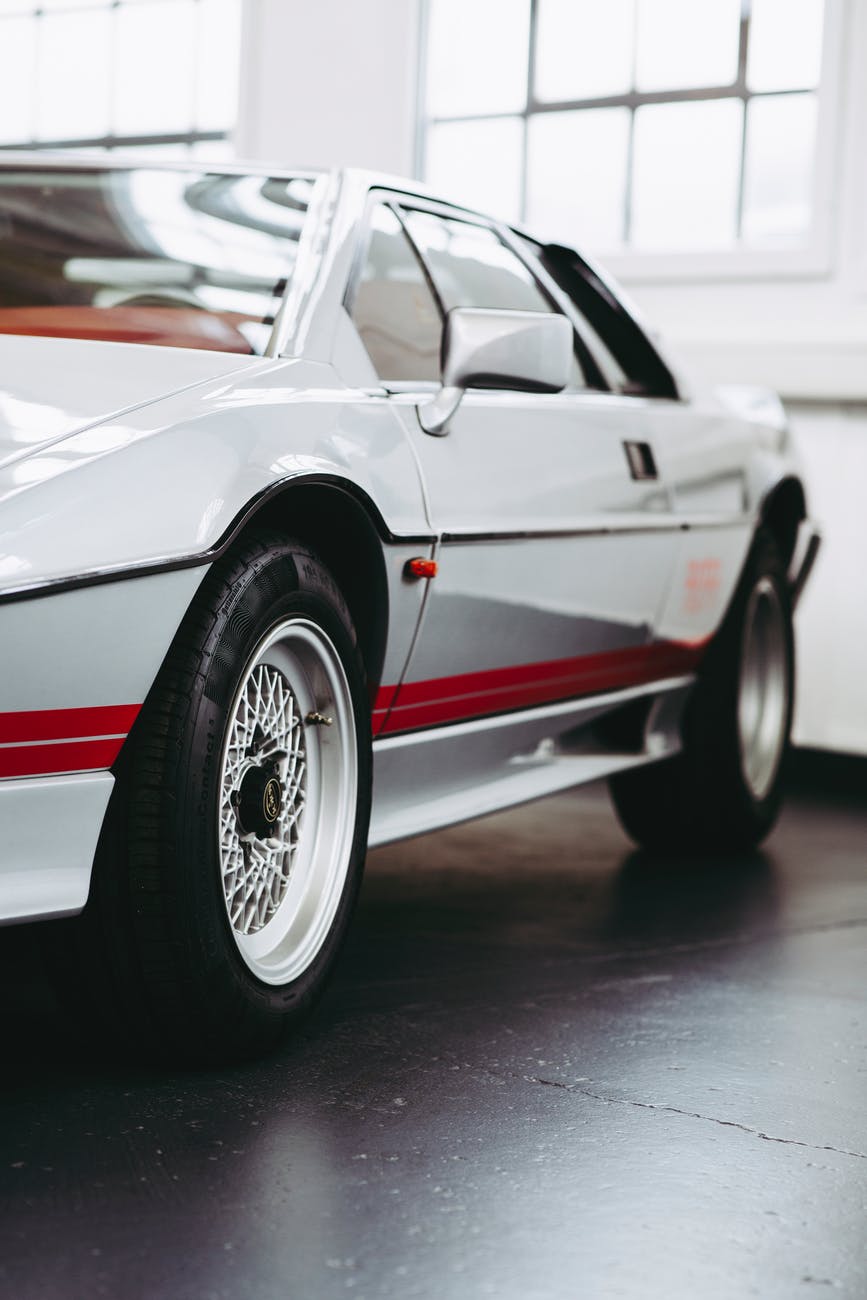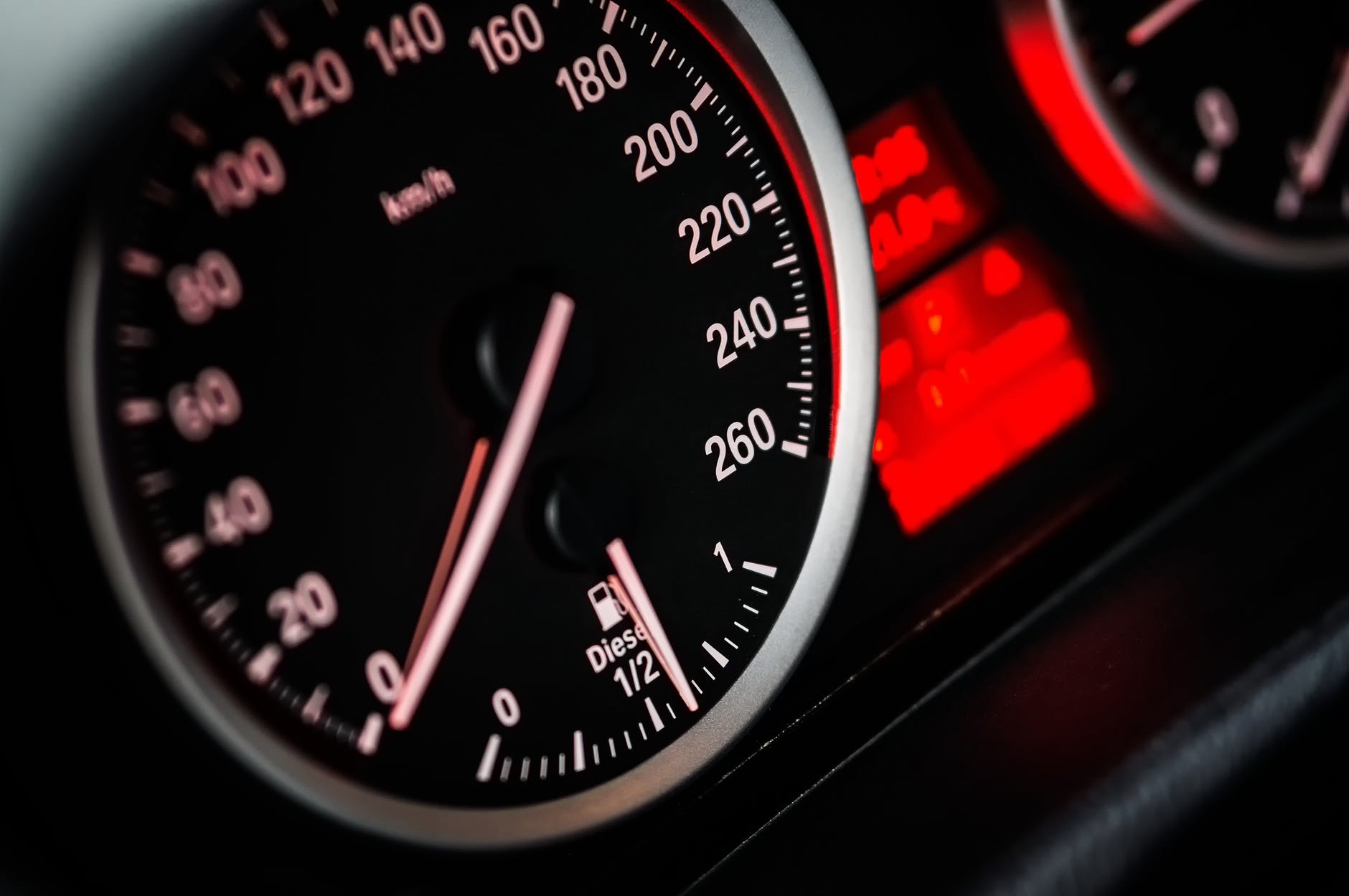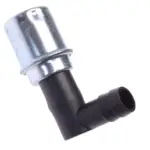In a turbocharged engine, the level of boost is controlled to a set psi. Boost creep is what happens when that predetermined level is exceeded. In most cases, this problem is caused by a fully opened wastegate not being able to bypass enough exhaust gases creating extra boost that exceeds the set level.
Boost creep most commonly occurs at higher rpms because the faster the engine spins, the more exhaust it creates. For example, if your boost level is set to 10psi but you notice the boost level rising at high rpms to 11psi then 12psi or greater, your engine is likely experiencing boost creep.
What Is a Wastegate?
So, now you may be wondering what bypasses exhaust gasses in your turbocharged engine? Well the answer is the wastegate. The wastegate regulates the boost created by the turbocharger and without it the engine would create excessive boost causing damage the engine.
The wastegate functions on the exhaust side of the engine and is basically a valve which opens after the set level of boost has been achieved. Once the required boost has been created by the turbocharger, the wastegate will open and bypass any extra exhaust gases from reaching the turbocharger. This prohibits the turbocharger from creating extra boost.
So what is the difference between a wastegate and a blow-off valve? A blow-off valve is similar to a wastegate except that it operates in the intake side of the engine whereas the wastegate is on the exhaust side. The blow-off valve prevents pressure from building up in the intake.
Why Boost Creep Is Bad
Boost creep is problematic especially from a tuning perspective. If you are trying a custom tune to your engine, it is extremely important that you are able to control the level of boost at all times. Boost creep makes this difficult.

A second reason is that the excess boost results in excess air entering the engine. Many times the fuel system of the engine is not able to compensate for the extra air and the engine ends up running lean which can cause serious damage. Boost creep can also cause your turbo to spin too fast which results in harm to the turbo’s bearings. Lastly, since boost creep is caused by a fully open wastegate unable to regulate additional exhaust gases, the backpressure in the exhaust will rise and lessen the efficiency of the engine.
What Causes Boost Creep?
Boost creep is caused by a fully opened wastegate being unable to bypass all of the exhaust gases. This causes some of the non-bypassed exhaust gases to spin the turbo faster creating more boost creep which can be the result of a wastegate that is not properly sized for the engine.
It can also be caused by an improper exhaust manifold design. I have seen wastegates that are only “wasting” the exhaust gases in one cylinder. Since the gases from the other 3-7 cylinders are not bypassed, they will continue to spin the turbo and continue building boost. If you plan to turbocharge your engine, make sure the wastegate will bypass exhaust gases from all of the engine’s cylinders.
It is important to note that boost creep is a mechanical issue not caused by engine management systems or the boost controller. Adjusting the boost control effects the boost level by altering when and how far the wastegate will open. However, if the boost control setting is requiring the wastegate to be completely open, you could turn the boost control setting down and the boost will not get any lower because the wastegate is already maxed out.
Different factors can cause boost creep to appear. Cold ambient air temperature and high atmospheric pressures are some of those factors. In other words colder denser air and low altitude are common contributors. However its not just weather related. Airflow modifications on the intake or exhaust side can have a big impact on how your turbo and boost controller function.
How to Fix Boost Creep
The way to fix boost creep is simple in theory but can be tricky in practice. In theory the solution is to increase the exhaust system’s ability to bypass exhaust gases from the turbocharger assembly. This can be done in several ways.
One way solution is to port the wastegate. Increasing the diameter of the wastegate will allow for more gases to bypass the turbocharger preventing boost creep.
Another solution is to add an external wastegate. Many turbochargers have an internal wastegate built in. Sometimes, porting the internal wastegate just isn’t enough. In these cases, adding a wastegate external from the turbocharger assembly can be the best option. External wastegates can either port the exhaust gases to the downstream exhaust pipes bypassing the turbocharger, or in the case of a divorced wastegate, the exhaust gases are ported to the atmosphere.
Divorced wastegates can prevent turbulent exhaust flow and reduce backpressure in the exhaust system. However, because they are porting exhaust directly to the atmosphere they are very loud.
Conclusion
Boost creep is caused by a fully open wastegate being unable to bypass enough exhaust gases from the turbocharger assembly. These extra exhaust gases spin the turbo faster creating excess boost. Boost creep can cause serious damage to the engine so it is important to address it as soon as possible. Since this is a mechanical issue and not an issue with the boost controller, the solutions involve increasing the size of the wastegate by porting or adding an additional external wastegate.




